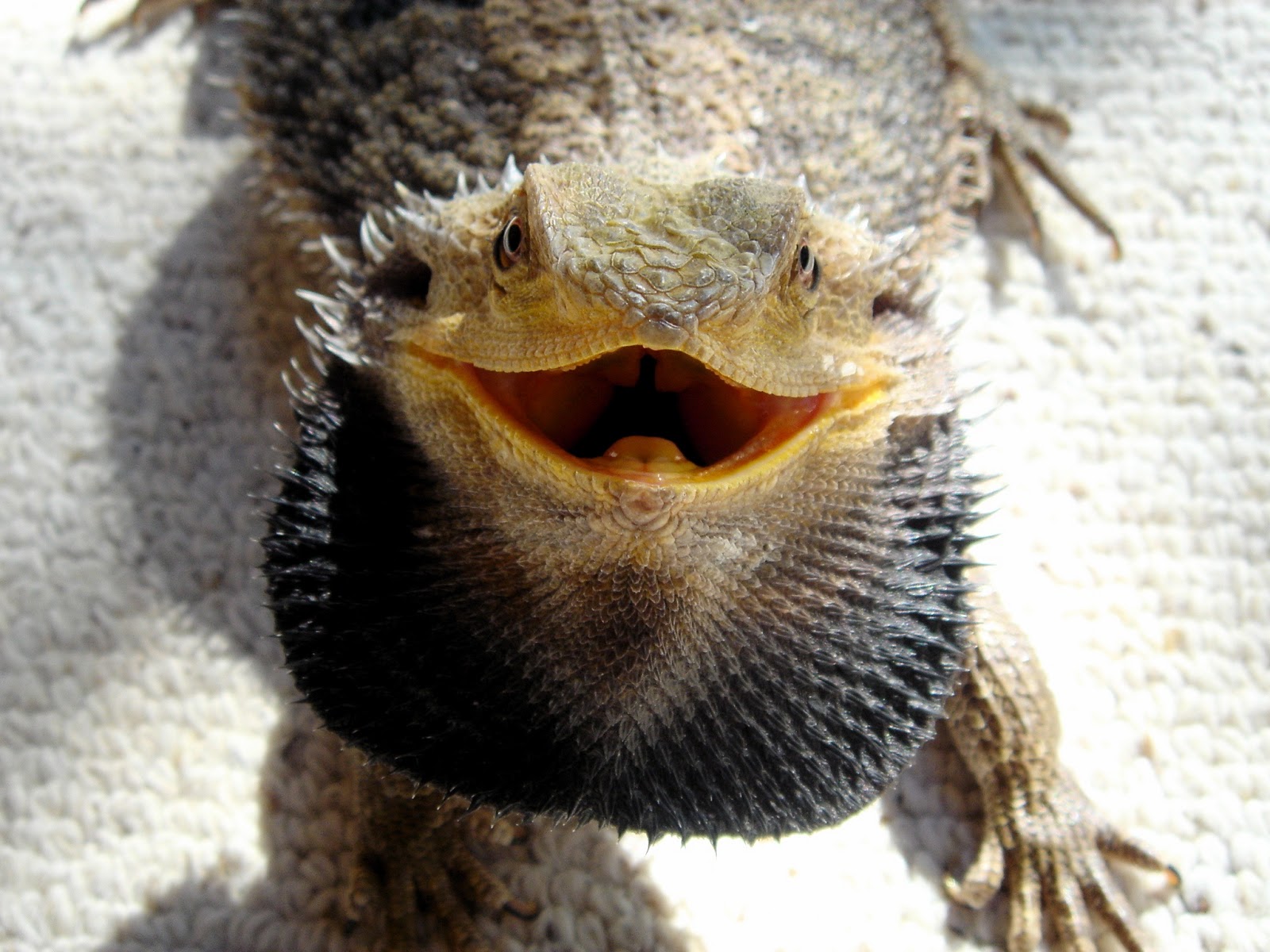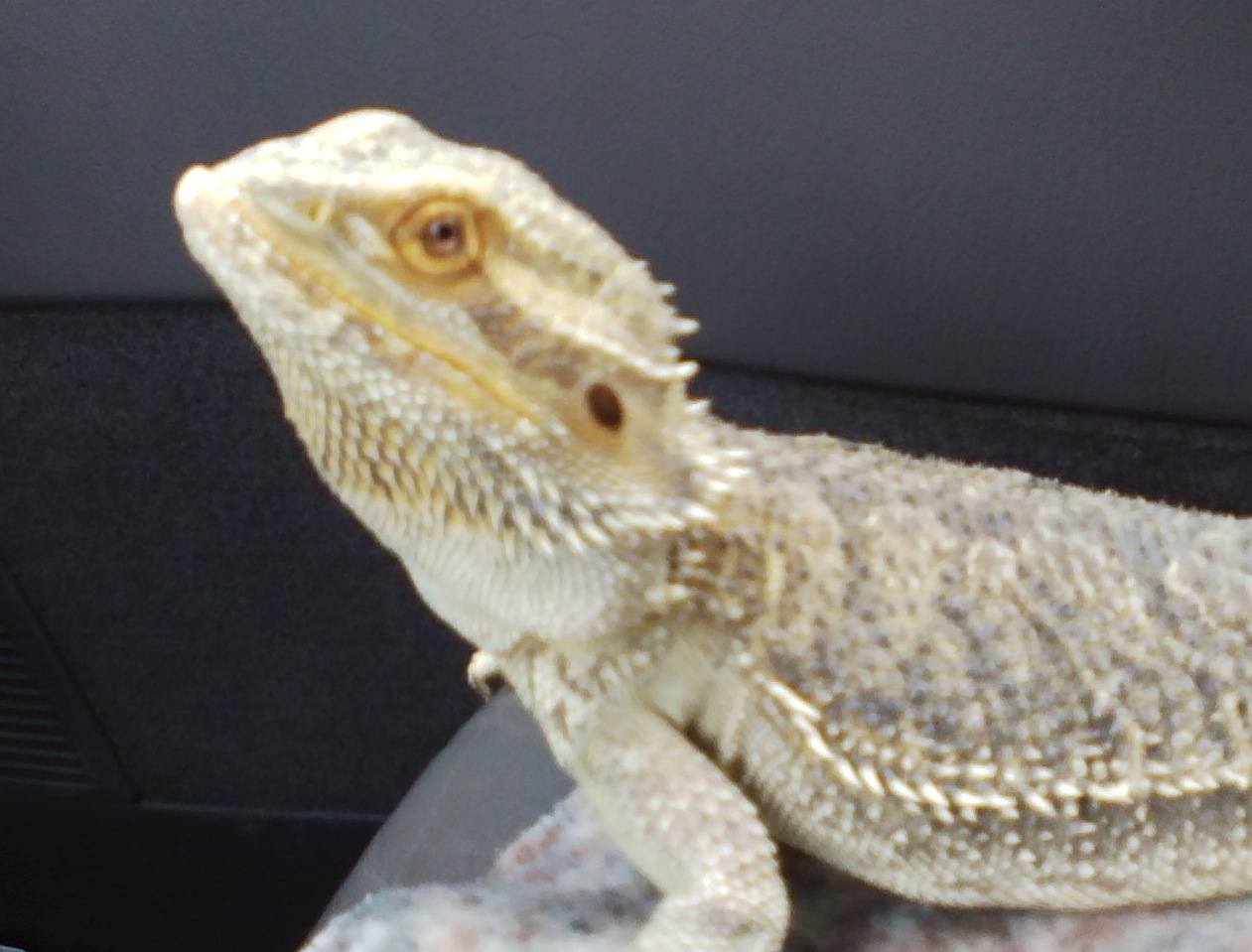Why Is My Bearded Dragon Turning White: Causes and Solutions
Why Is My Bearded Dragon Turning White?

Bearded dragons are one of the most popular pet reptiles due to their docile nature and unique appearance. However, when a bearded dragon starts turning white, it can be confusing and worrisome for pet owners. There are several reasons why a bearded dragon may be turning white, and understanding the cause is essential for providing appropriate care.
Reasons for Bearded Dragons Turning White
1. Shedding
One of the most common reasons why bearded dragons turn white is shedding. Bearded dragons shed their skin to grow, and during the shedding process, their skin may appear white or hazy. Shedding may occur in patches or all over the body, and it is normal for bearded dragons to shed every 4-6 weeks.

To promote healthy shedding, provide your bearded dragon with adequate humidity and a basking spot to help loosen the skin. You can also provide a shedding box filled with damp sphagnum moss to help your bearded dragon shed more easily.
2. Stress
Bearded dragons can turn white due to stress. Stress can be caused by several factors, including inadequate enclosure size, inappropriate temperatures, lack of hiding spots or basking spots, and too much handling. When a bearded dragon is stressed, it may turn white and become lethargic or lose its appetite.

To minimize stress and prevent your bearded dragon from turning white, make sure your reptile’s enclosure is appropriate for their size and needs, maintain appropriate temperatures and humidity levels, and provide plenty of hiding spots and basking spots. Limit handling to prevent your bearded dragon from becoming overwhelmed.
3. Illness
Bearded dragons can turn white due to illness. A sick bearded dragon may have a lack of appetite, lethargy, runny stool, and may turn white or gray. Illnesses such as respiratory infections or metabolic bone disease can cause a bearded dragon to turn white.

If you suspect your bearded dragon is ill, make an appointment with a reptile veterinarian who can diagnose and treat the illness. A healthy diet, appropriate temperatures, and humidity levels, and regular veterinary check-ups can help prevent illnesses in bearded dragons.
Conclusion
Bearded dragons commonly turn white due to shedding, stress, or illness. By understanding the cause of your bearded dragon’s white appearance, you can provide appropriate care and promote a healthy lifestyle for your pet. Remember to provide adequate heat, humidity, hiding spots, and basking spots, and consult with a veterinarian if you suspect your bearded dragon is ill. With proper care, your bearded dragon can live a long and healthy life.

